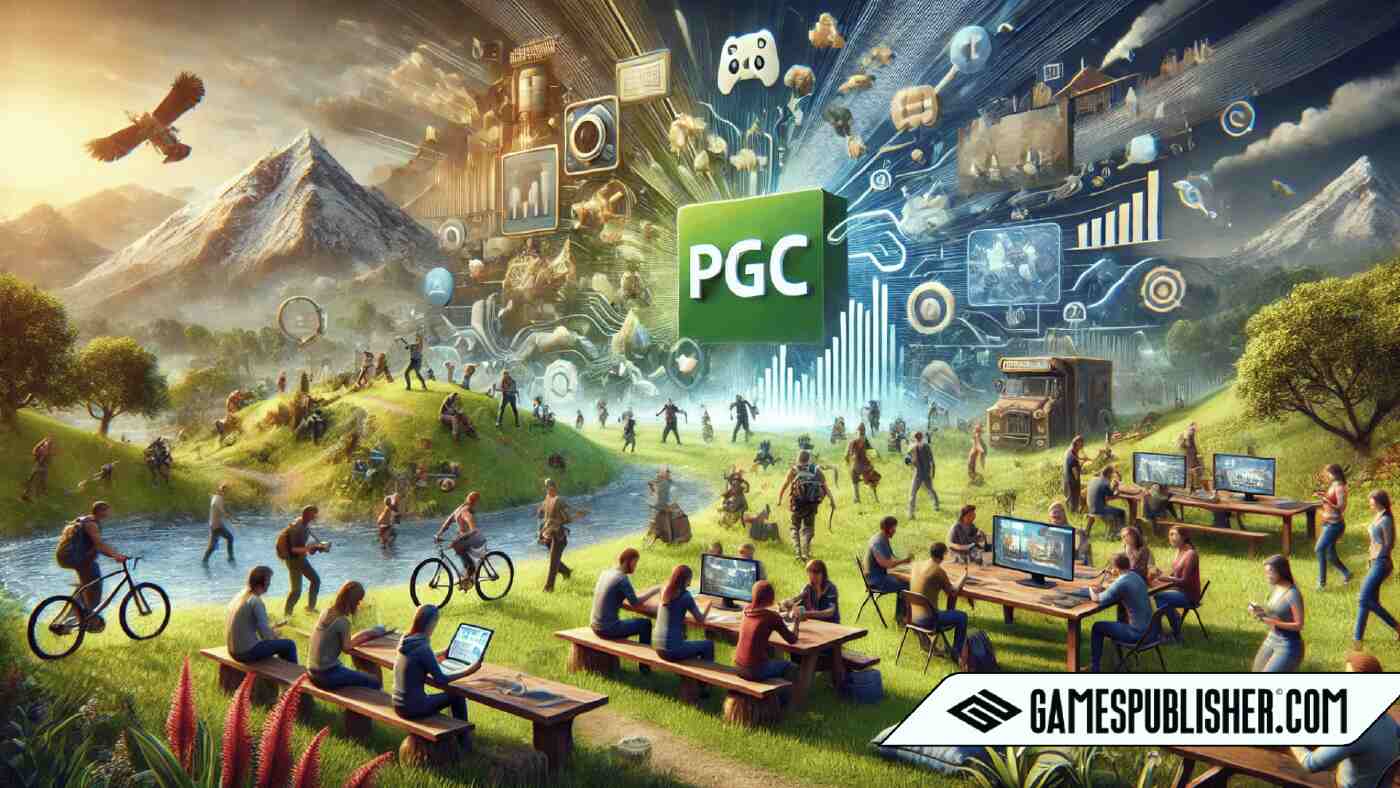Welcome to Gamespublisher.com, your one-stop resource for game developers and publishers. Have you ever wondered what keeps some games popular for years? One big reason is player-generated content (PGC). But what is PGC, and why does it matter so much in the gaming industry?
In simple terms, PGC is content made by players, like new levels, characters, or even entire storylines. This type of content can make games more fun, keep players coming back, and even help developers earn more money. Let’s dive into how PGC works and why it’s so important.
Understanding Player-Generated Content (PGC)
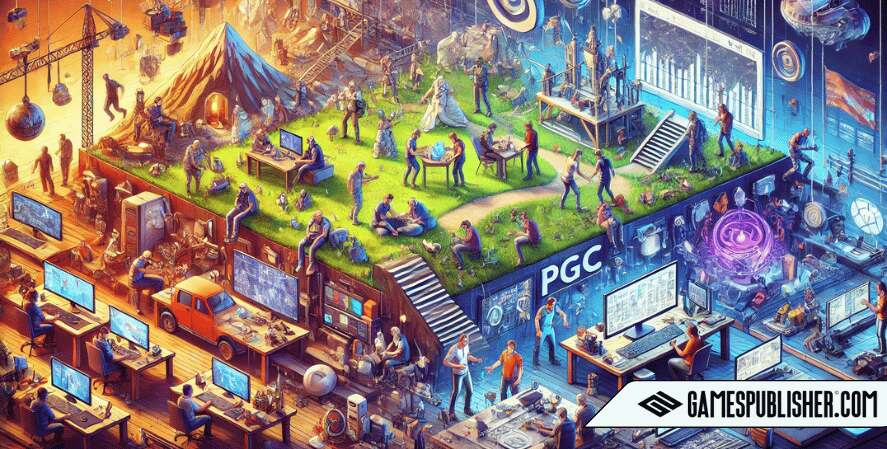
What Is Player-Generated Content?
Player-generated content, or PGC, is anything in a game that is created by the players instead of the developers. This can include:
- Mods: Changes to the game, like adding new characters or levels. For example, players of “Skyrim” have made thousands of mods that keep the game fresh.
- Custom Maps: New game levels created by players. Games like “Counter-Strike” are famous for their custom maps.
- Skins: Visual changes to characters or items, like the many skins available in “Fortnite.”
- Custom Stories: New storylines made by players, which is common in games like “The Sims.”
- UGC Platforms: Games where creating content is the main activity, like “Roblox,” where players make their own games.
How PGC Has Grown Over Time
PGC has been around for a long time. Back in the 1990s, games like “Doom” let players make their own levels. As technology improved, players could do even more, like creating full game mods. Today, thanks to online platforms like Steam, sharing and downloading PGC is easier than ever.
The Role of PGC in Game Longevity
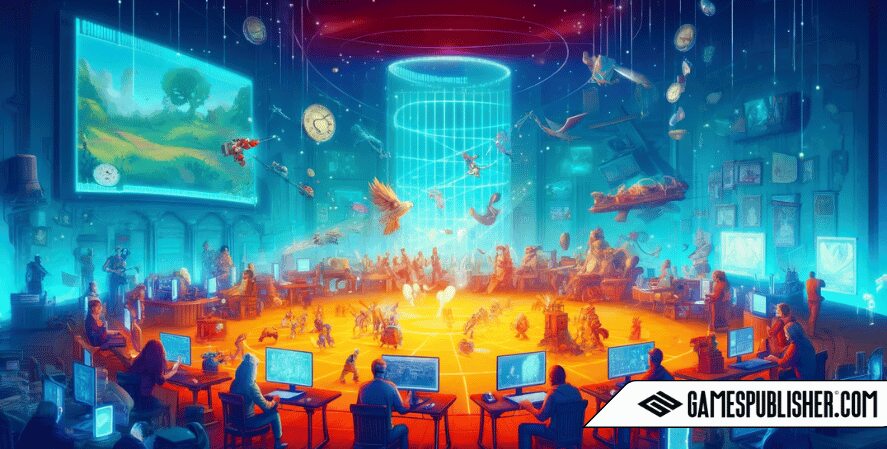
Keeping Games Fun for Longer
One big reason PGC is so valuable is that it can make a game fun for much longer. When players can add new levels or create new challenges, the game stays interesting even after the main story is finished. For example, “Grand Theft Auto V” is still popular, even though it was released in 2013. The community keeps it alive by creating and sharing new content all the time.
Building a Strong Community
PGC also helps build strong gaming communities. When players create and share their own content, they become more invested in the game. This leads to active forums, social media groups, and fan sites where players can discuss and share their creations. Games like “Minecraft” have huge communities where players constantly share new ideas and creations.
Earning Money with PGC
PGC isn’t just fun—it can also be profitable. Some games allow players to sell their creations, earning money while also sharing their work with others. For example, on Steam, players can sell mods, with some of the money going to the creator and some to the game’s developer. This helps keep both the players and the developers happy and engaged.
Impact on Player Engagement
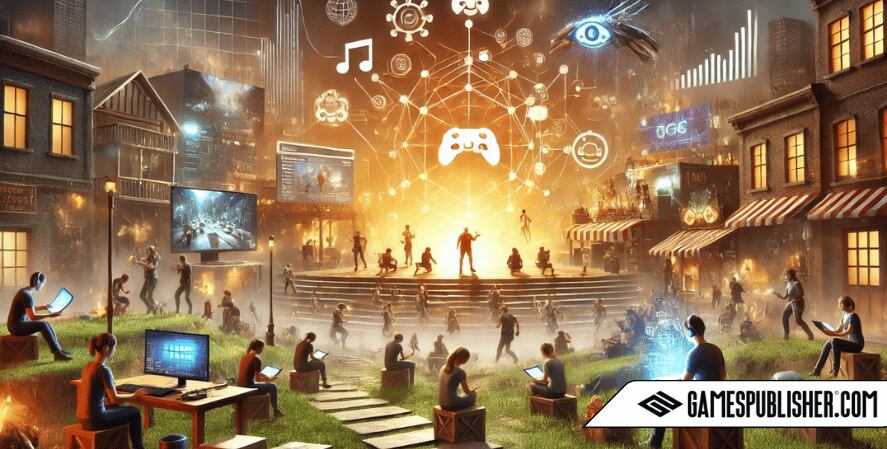
Letting Players Be Creative
PGC gives players the chance to be creative and personalize their gaming experience. Instead of just playing the game as it is, they can change it to fit their own ideas. This makes the game more engaging because players are more invested in something they’ve helped create.
Challenges and Rewards for Developers
While PGC is great, it can be challenging for developers. Not all user-generated content is good, and some might even be inappropriate. Developers have to find ways to make sure that only high-quality content gets shared. But when they do it right, the rewards are big: more loyal players, free marketing from fans, and a game that stays popular for years.
Successful Examples of PGC
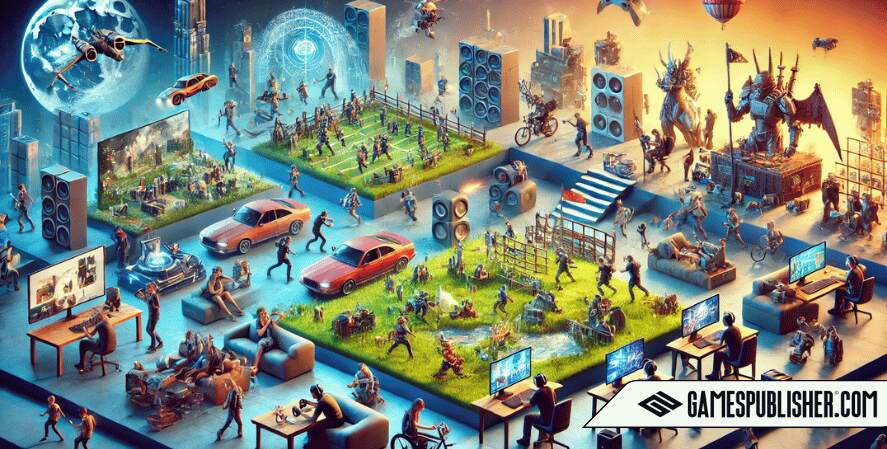
“Minecraft”: A Game Built on Creativity
“Minecraft” is one of the best examples of a game that thrives on PGC. Since it launched in 2011, players have used the game’s building tools to create everything from simple houses to entire cities. The game has sold over 200 million copies, thanks in large part to the creativity of its community.
“Skyrim”: A Timeless Adventure That Never Fades
Released in 2011, “Skyrim” has stayed popular for over a decade because of its strong modding community. Players have created thousands of mods that add new content, improve graphics, and even change how the game is played. These mods keep “Skyrim” feeling fresh and exciting, even after all these years.
“Roblox”: A Platform for Everyone
“Roblox” is different from other games because it’s a platform where players create their own games. On “Roblox,” players can make their own worlds and experiences and then share them with others. This has led to a huge variety of games and has made “Roblox” one of the most successful platforms in the gaming industry.
The Future of PGC in Gaming
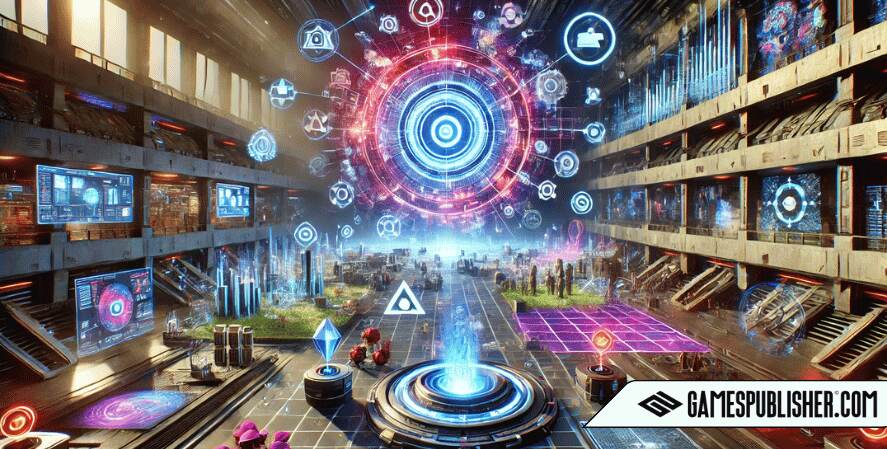
What’s Next for PGC?
As technology continues to improve, so will PGC. One exciting development is the use of AI tools to help players create more complex content. For example, AI might help players create realistic landscapes or write custom stories, making it easier for more people to get involved in creating PGC.
Another big trend is virtual and augmented reality. As VR and AR become more popular, we can expect to see new types of PGC that take advantage of these immersive technologies. This could lead to even more creative and engaging content.
How Developers Can Encourage PGC
If developers want to make the most of PGC, they need to give players the right tools. This could include easy-to-use editors or platforms for sharing content. Tutorials and guides can also help players learn how to create better content. Finally, developers should engage with their communities, highlighting the best content and encouraging collaboration among players.
Conclusion
Player-generated content is more than just a fun extra—it’s a vital part of what makes games successful today. By allowing players to create and share their content, games can stay fresh, build strong communities, and even generate extra revenue. For developers and publishers, embracing PGC is a smart way to keep their games popular and engaging for years to come.
Whether you’re a game developer or a player, PGC offers endless possibilities for creativity and connection. As the gaming industry continues to evolve, the role of PGC will only grow, offering new ways for players to engage with their favorite games.
Loading survey...

